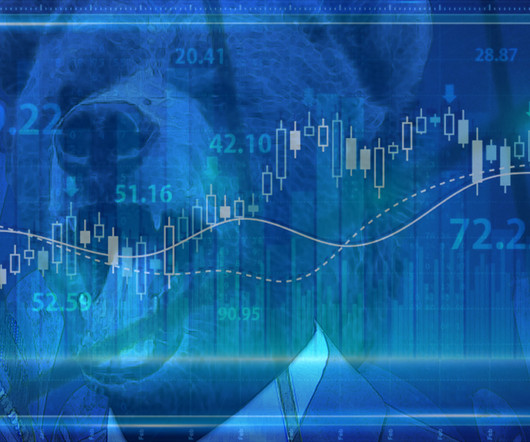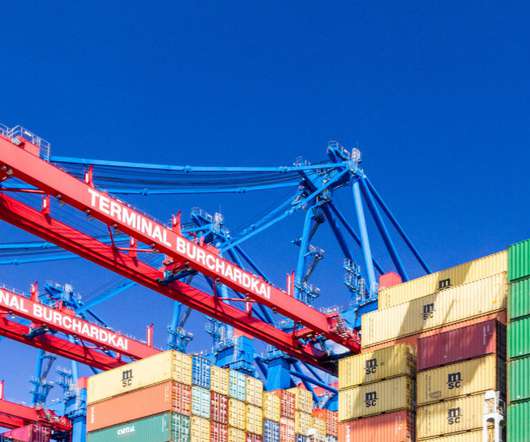The Evolution and Future of Demand Management
ThroughPut
MAY 1, 2023
But to not be able to understand or manage that demand, given the market volatility created by higher customer expectations and shorter fulfillment cycles, has created continuous ripples of chaos in the entire supply chain. Are we able to intuitively align inventory to match demand? If not, how do we get there?















Let's personalize your content